We've all felt it – that sudden shock when a warm shower turns cold. One minute you're enjoying the hot water, the next you're rushing to rinse the shampoo from your hair before making a quick exit. It's such a discomforting experience that it can make you wonder: Who would choose to do this on purpose?
As it turns out, more and more people are voluntarily reaching for that cold tap each morning. While it might sound uncomfortable, the science behind cold showers suggests they're onto something. That brief blast of cold water can do more than just wake you up; it's been shown to sharpen focus, reduce inflammation, and boost overall wellness.
If you really want to improve your health, you might be wondering if a cold shower is enough. Or is there a better way to get the full benefits of deliberate cold exposure?
While both cold showers and cold tubs offer unique benefits, they’re not created equal. If you’re serious about cold therapy, understanding the key differences can help you get the most out of the wellness ritual.

Why take a cold shower: The key benefits
Cold showers are one of the most accessible forms of cold therapy. With no special equipment needed, anyone can simply turn the shower to cold and start feeling the effects.
Legendary swimmer Michael Phelps, a true cold water enthusiast, takes a cold shower every morning to kickstart his day. "It helps me be me," he says.
For a full cold shower experience, the water temperature should be lowered below 60 degrees for two to three minutes. Even that brief blast of cold water can provide a range of health benefits, from boosting immunity to relieving pain.
Builds mental toughness
Stepping into a cold shower, especially after a warm one, requires discipline and resilience. The shock of cold water triggers the body's stress response, forcing you to control your breathing and stay calm under pressure. Over time, regularly exposing yourself to this discomfort can strengthen mental toughness by improving your ability to manage stress, build self-discipline, and develop a stronger mindset for handling challenges in daily life.
Increase energy and alertness
Cold water exposure stimulates the sympathetic nervous system, also known as the fight-or-flight response. This releases adrenaline and dopamine, which can help improve mood and increase alertness, making cold showers a great way to start the day.
Immunity support
Cold showers may help strengthen your immune system. Research suggests that exposing your body to cold water can increase the production of key immune cells that help fight off illness. A study published in the Journal of Thermal Biology found that regular cold showers can boost important immune markers, including immunoglobulins that help defend against infections. Cold showers also increase interleukin-2 and interleukin-4, proteins that support immune function.
A large study conducted in the Netherlands followed 3,000 people who took daily cold showers after a warm shower for one month. Those who took a cold shower for 30, 60, or 90 seconds were 29% less likely to take sick days from work compared to those who only had warm showers. Interestingly, the length of the cold exposure didn’t seem to make a difference; the key factor was simply taking a cold shower daily.
Helps with cold adaptation
Regular exposure to cold showers can help your body acclimate to lower temperatures. This can make the cold feel less shocking over time and prepare you for more intense cold exposure, such as cold water immersion.
Cons of taking a cold shower
Cold showers have gained popularity for their potential health benefits. However, there are a few drawbacks that might make them less effective for those looking to fully harness the power of a cold plunge.
Cold but not that cold
To realize the benefits of deliberate cold exposure, the water temperature should be 60 degrees Fahrenheit or colder. However, depending on where you live, your shower water might not drop below 60 degrees, especially in the summer months.
For example, the average groundwater temperature is in the mid-70s — even in the winter months. In Phoenix, specifically, the groundwater temperature can fluctuate between the low 40s in the winter and climb into the 70s in the summer.
Does not provide full immersion
Cold showers don't provide the same benefits as full-body cold therapy, like ice baths or cold tubs, because they lack hydrostatic pressure — the force exerted by water when you’re submerged. When you're fully immersed in cold water, the pressure helps improve circulation and supports muscle recovery by pushing blood back toward your heart. Since cold showers only expose part of your body to the cold, the benefits are more limited, meaning you won't experience the full effects on circulation and recovery that immersion therapy provides.
Limited health benefits
Cold showers activate the sympathetic nervous system, helping with alertness. However, showers do not activate the parasympathetic nervous system, which is responsible for deep relaxation and recovery.
Escape is just a step away
Unlike a cold tub, where you're fully immersed and committed to the experience, it's much easier to step out of the stream of water or adjust the temperature in a cold shower. This makes it harder to fully embrace the cold exposure and limits the overall impact on your body.
Benefits of using a cold plunge tub
Cold tubs, also known as cold plunges or ice baths, offer a more immersive and effective approach to cold therapy. They involve submerging the entire body in cold water, which provides a range of physiological and mental benefits that go beyond what a cold shower can achieve.
Full immersion
When you fully submerge your body in a cold tub, every part of you is exposed to the cold water at once. This allows for uniform cooling, which triggers a stronger and more consistent physiological response compared to partial exposure in a cold shower. Additionally, the entire body experiences the shock of the cold, leading to a more pronounced release of endorphins, improving mood and mental clarity.
Hydrostatic pressure for better circulation
Unlike a cold shower, full immersion in a cold tub provides hydrostatic pressure. This pressure plays a key role in improving circulation by encouraging blood to flow back toward the heart, which can help reduce swelling and inflammation in muscles and joints. As blood circulates more efficiently, oxygen and nutrients are delivered more effectively to tissues, speeding up muscle recovery after intense physical activity. Additionally, this enhanced blood flow can support overall cardiovascular health by improving heart function and circulation.
Stimulates the vagus nerve
Cold water immersion activates the vagus nerve, which plays a crucial role in controlling the body’s relaxation responses. This nerve helps regulate the parasympathetic nervous system, which controls functions like slowing the heart rate and lowering blood pressure. By stimulating the vagus nerve, cold immersion promotes a deeper sense of calm, reduces stress, and helps your body switch from a state of tension to relaxation. This can improve recovery by enhancing sleep quality and speeding up muscle repair. Additionally, activating the vagus nerve can reduce inflammation and strengthen the immune system, supporting overall health.
Triggers brown fat activation
Brown adipose tissue is a type of fat that generates heat when exposed to cold. Cold water immersion has been shown to activate brown fat, leading to increased metabolism and improved thermoregulation.
Deeper recovery and reduced inflammation
Research indicates that cold water immersion significantly reduces muscle soreness and inflammation after intense physical activity, making it a favorite among athletes and fitness enthusiasts.
Challenges of at-home ice baths
While there are many benefits of cold water immersion, there can be challenges to setting up an at-home ice bath. These challenges range from space requirements to potential health concerns, but the right setup can make all the difference.
Requires a dedicated space
Unlike cold showers, cold tubs need their own space and specialized equipment. However, modern cold tubs like Michael Phelps Chilly GOAT Cold Tubs are designed to be easier to manage, with features that help maintain the right temperature without the hassle of adding ice. Chilly GOAT offers a range of options that cater to different spaces and budgets, from the portable inflatable Chilly GOAT GO! to the durable Matterhorn, both of which can operate with a portable chiller. For those looking for more robust setups, the Alpine cold tub provides great performance, and the Valaris contrast therapy tub offers the ultimate experience with both hot and cold features. With these options, it's easier than ever to enjoy the benefits of cold immersion at home, no matter your space or budget.
Greater initial discomfort
Getting into a cold tub can feel like a serious shock, especially if you are new to cold plunging. This response is known as the "cold shock response," where your body reacts to sudden cold exposure by increasing heart rate and constricting blood vessels. While it’s an uncomfortable sensation at first, over time, your body adapts to the cold, and you build resilience.
Regular exposure helps improve circulation, boosts your tolerance to cold, and enhances your ability to recover from physical stress. It’s important to start slow and listen to your body to avoid overwhelming your system.
Concerns for those with pre-existing conditions
For people with pre-existing health conditions, cold immersion requires extra caution. Cold water immersion can cause a drop in core body temperature, slowing blood flow and constricting blood vessels. This can put added stress on the cardiovascular system and may increase the risk of serious conditions like stroke or cardiac arrest. If you have cardiovascular issues, high blood pressure, or any other health concerns, it’s essential to consult with your healthcare provider before considering an ice bath to ensure it's a safe option for you.
The science: How cold tubs beat cold showers
A cold shower can be a great way to wake up in the morning, but plunging in a cold tub can take the benefits to another level entirely. When your body is fully immersed in cold water, it triggers a complex cascade of physiological responses that a quick shower just can't match.
Cold shock protein activation
Research shows that full-body immersion in cold water activates cold shock proteins, which aid in neuroprotection and recovery. Cold showers do not produce the same effect due to the lack of full immersion.
Vagus nerve and nervous system benefits
Studies indicate that cold water immersion directly stimulates the vagus nerve – the longest nerve in your body that runs from your brain, down through your face and neck, and all the way into your gut. When cold water hits the nerve pathways along your face, neck, and upper body, it's like flipping a switch that helps your body relax. This activation of your vagus nerve enhances your body's "rest and digest" response, leading to reduced stress, improved mood, and better sleep.
Since these nerve pathways are concentrated in your upper body, especially around your face and neck, cold immersion is particularly good at tapping into this natural calming system.
Improved circulation and recovery
The key advantage of cold tubs lies in hydrostatic pressure – the force that water naturally exerts on your body during immersion. This pressure systematically improves blood flow by pushing blood from your extremities toward your heart and core organs. While cold showers provide temperature benefits, they simply can't replicate this consistent, all-around pressure that makes cold tubs so effective.
Cold shower vs. cold tub: Which one is better for you?
While both cold showers and cold tubs offer benefits, they serve different purposes. Whether you’re looking for a quick energy boost or deep recovery, here’s how to choose the best option for your needs.
Use a cold shower if:
- You are just starting with cold therapy
- You need a quick energy boost in the morning
- You want an easy way to build mental resilience
Use a cold tub if:
- You want the full benefits of cold water immersion
- You are looking to reduce inflammation and speed up recovery
- You want to activate the parasympathetic nervous system for deeper relaxation
- You are an athlete or engage in intense physical activity
While cold showers are a great entry point into cold therapy, they do not provide the full range of physiological and recovery benefits that cold tubs offer. If you are serious about maximizing the effects of cold exposure, investing in a cold tub like Chilly GOAT Cold Tubs can help you take your recovery, resilience, and wellness to the next level.
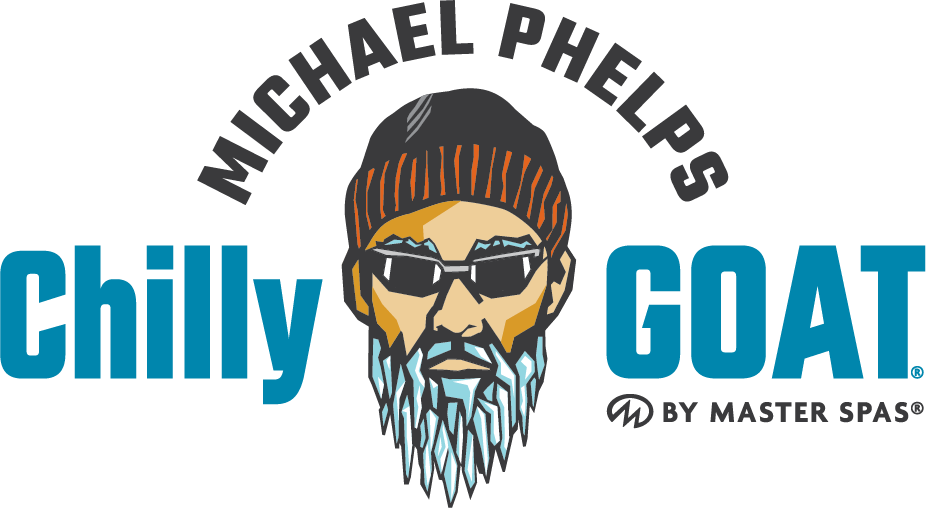

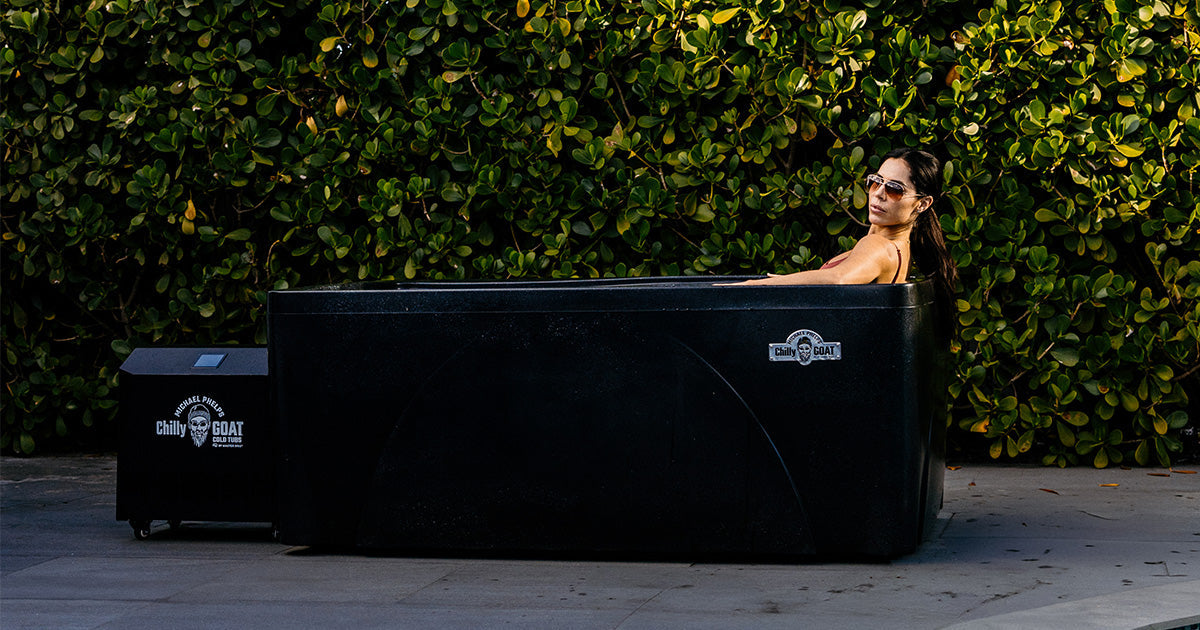
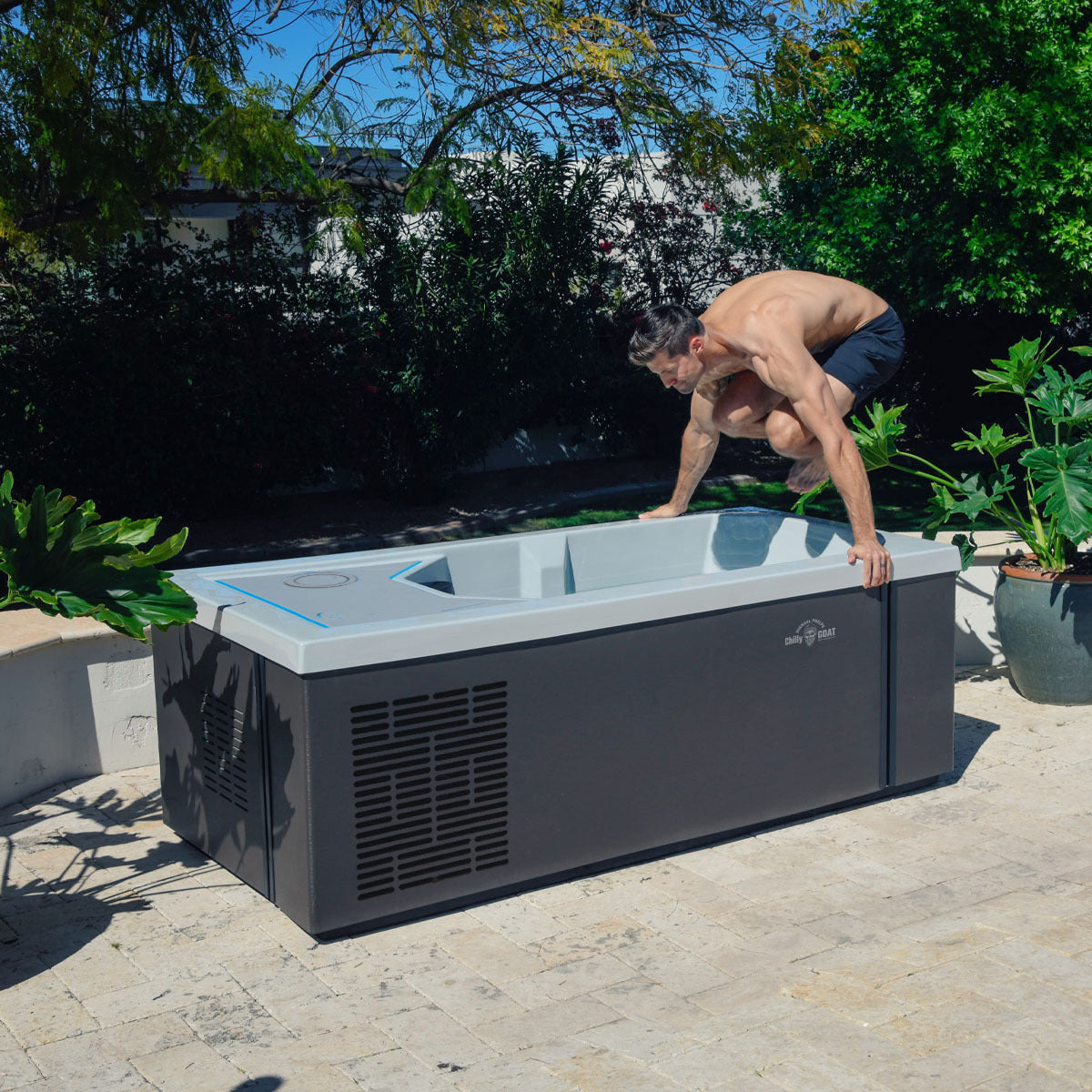
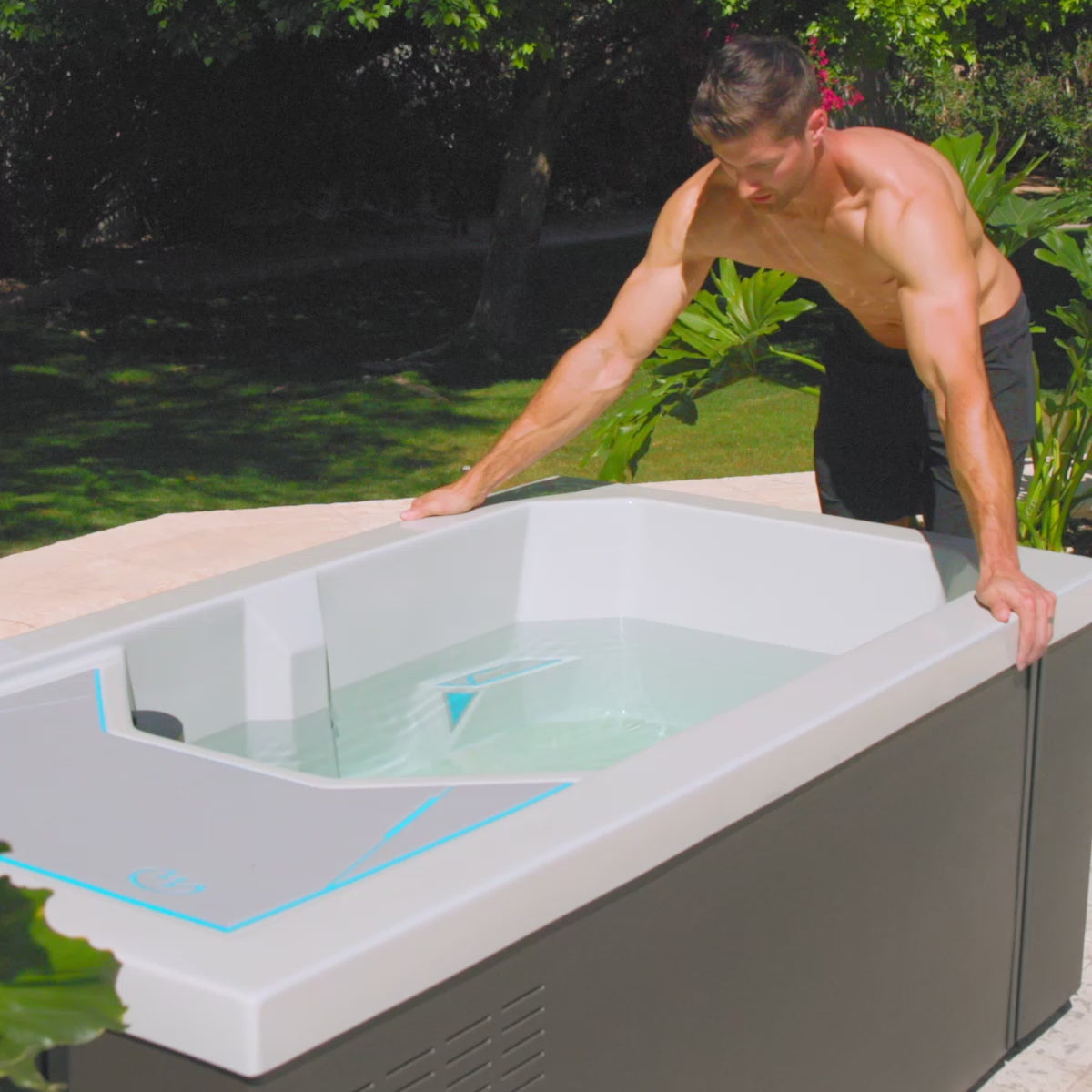
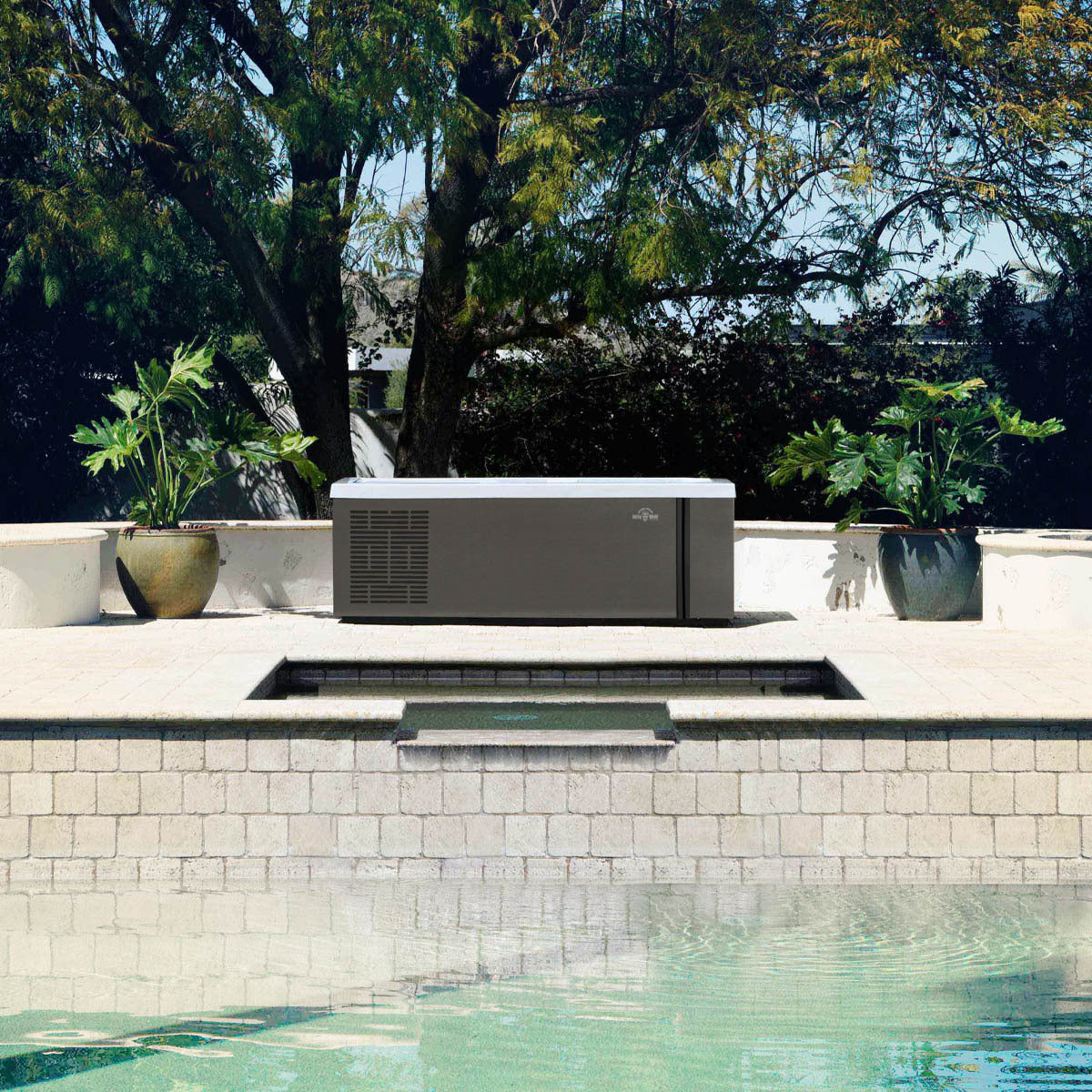
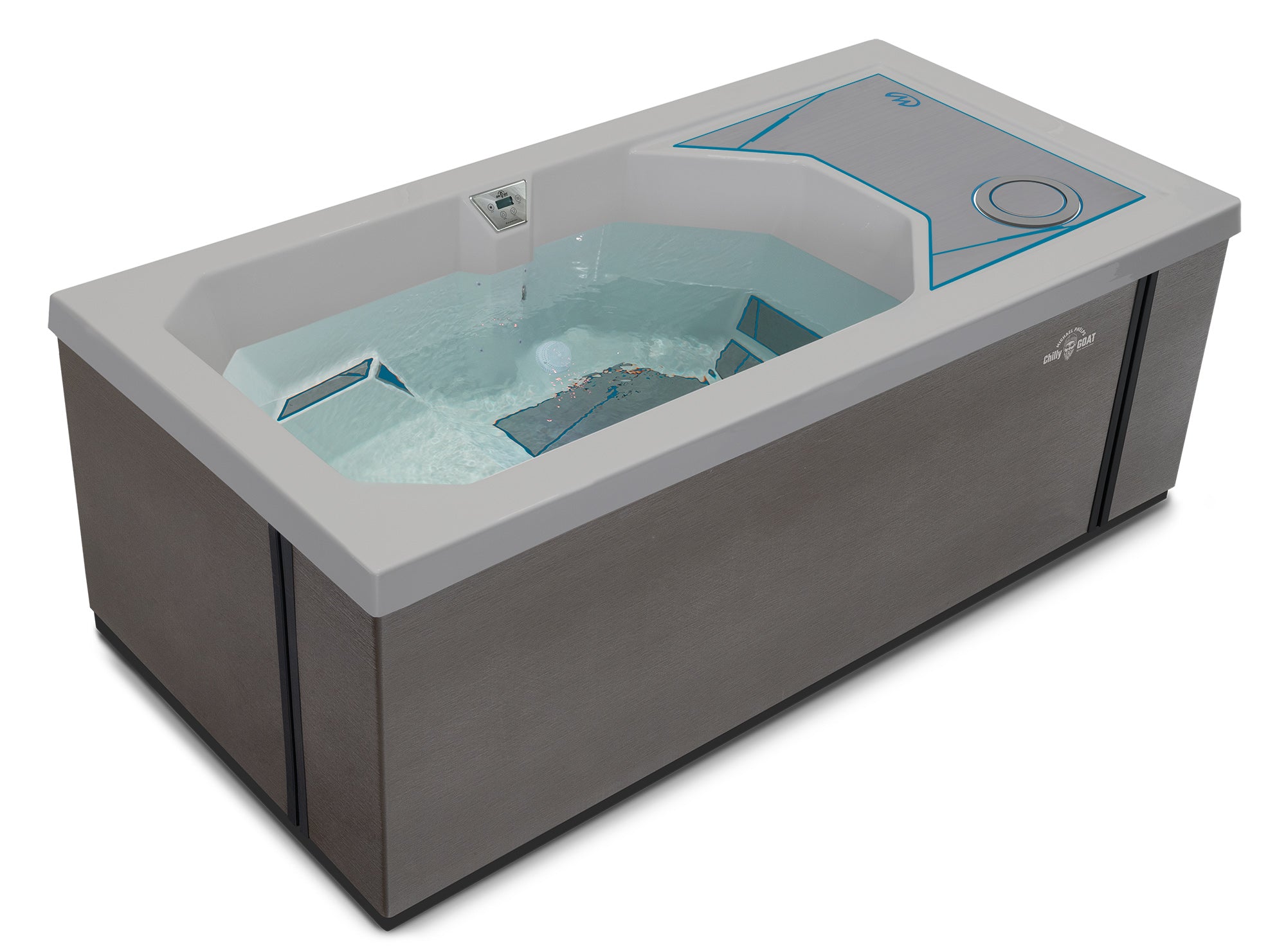
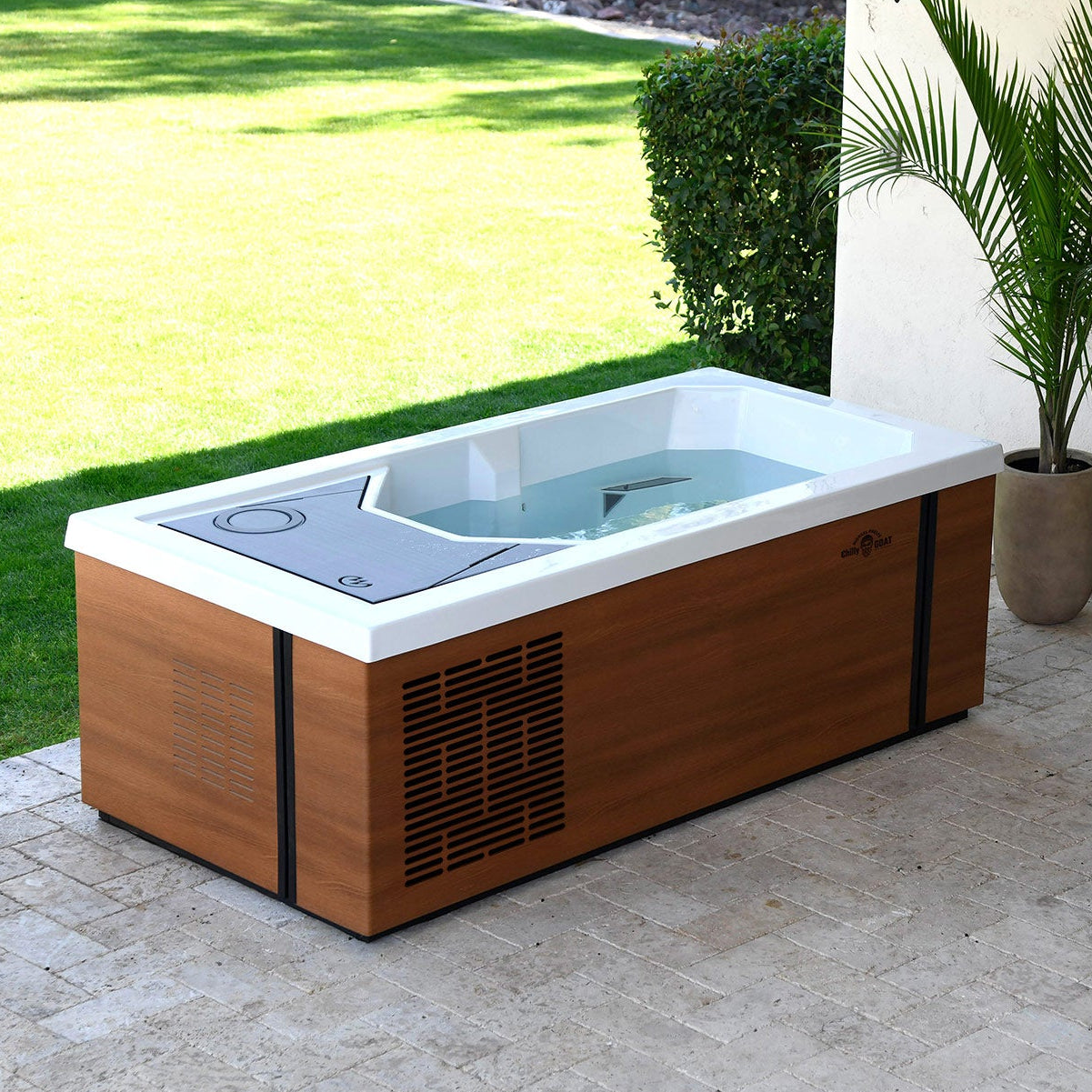
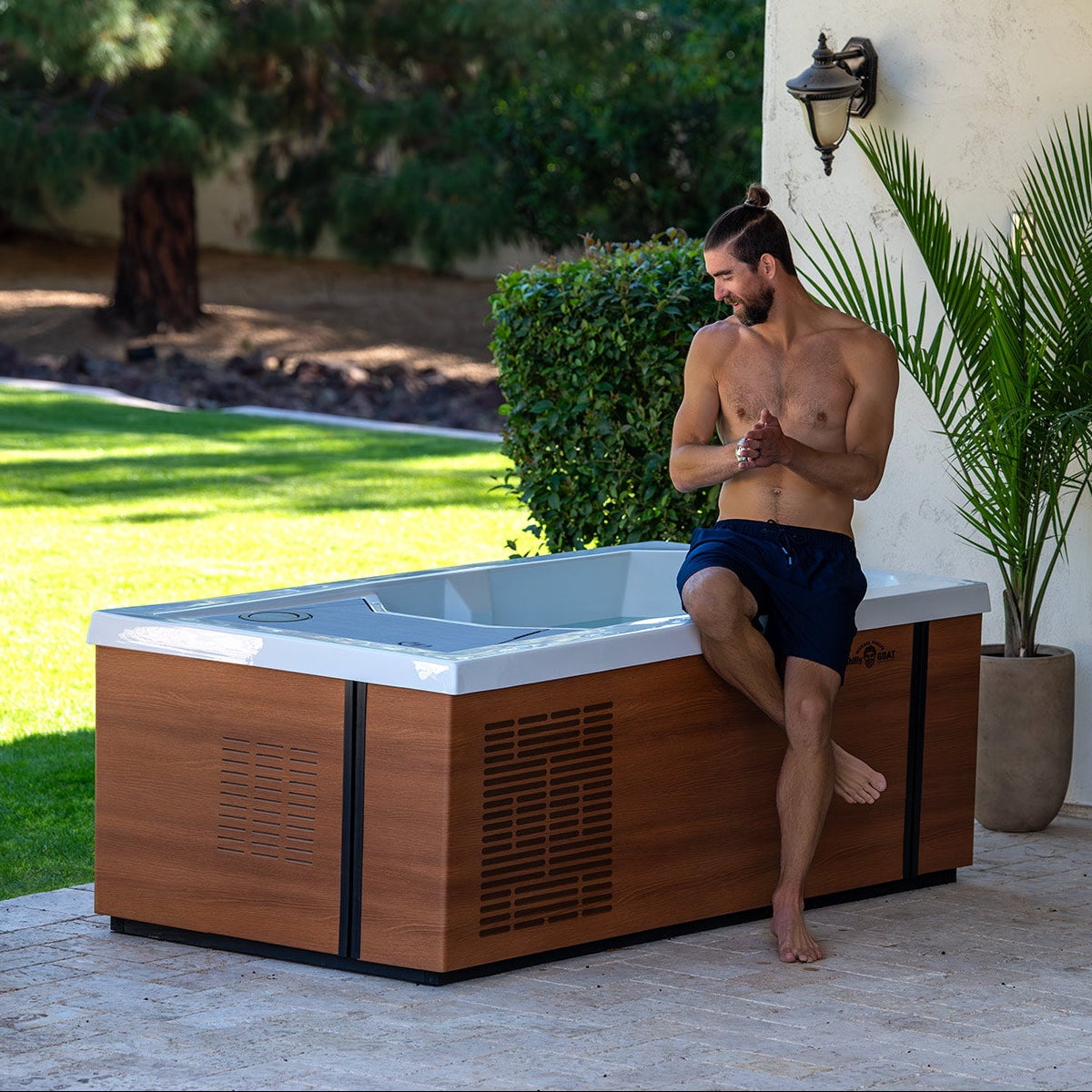
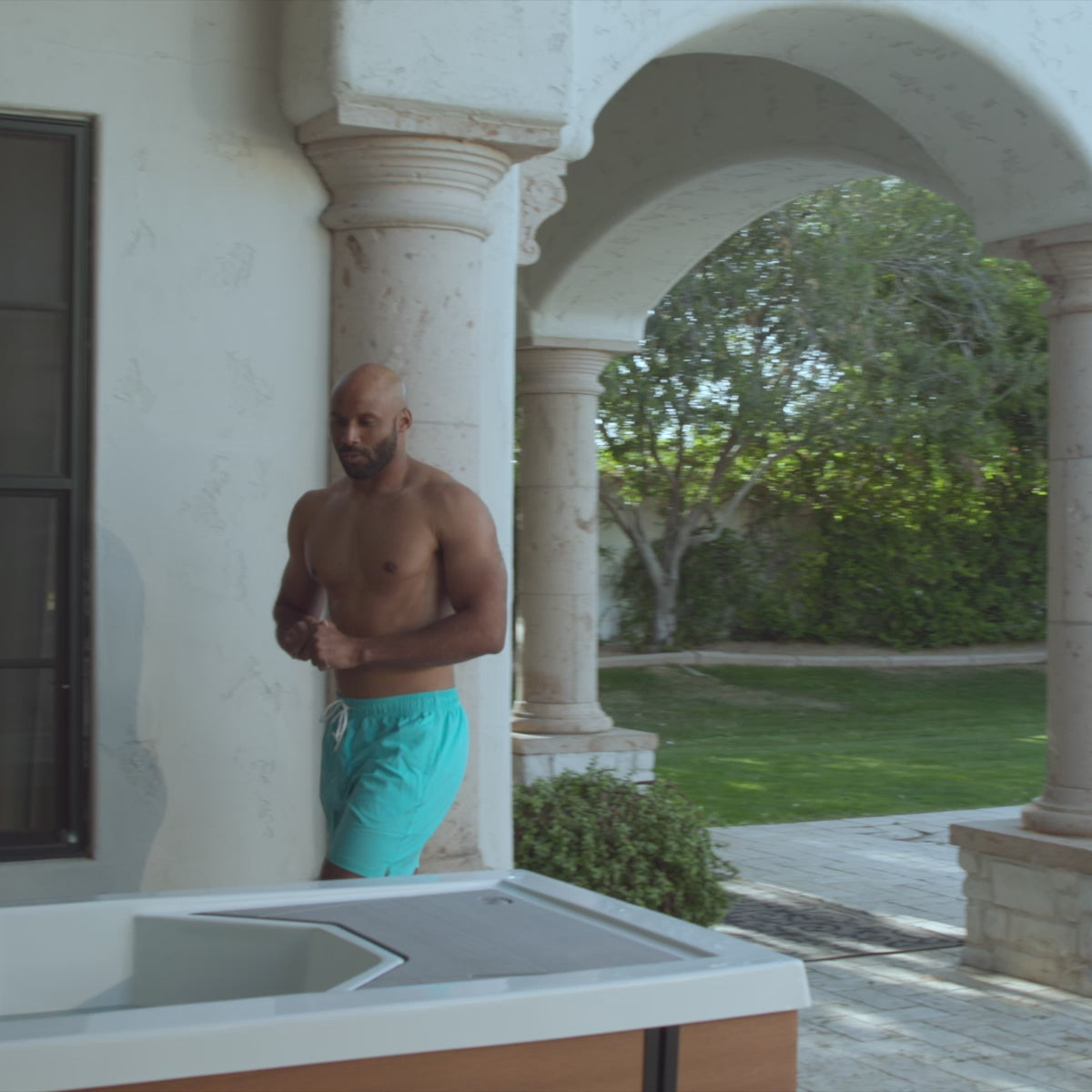
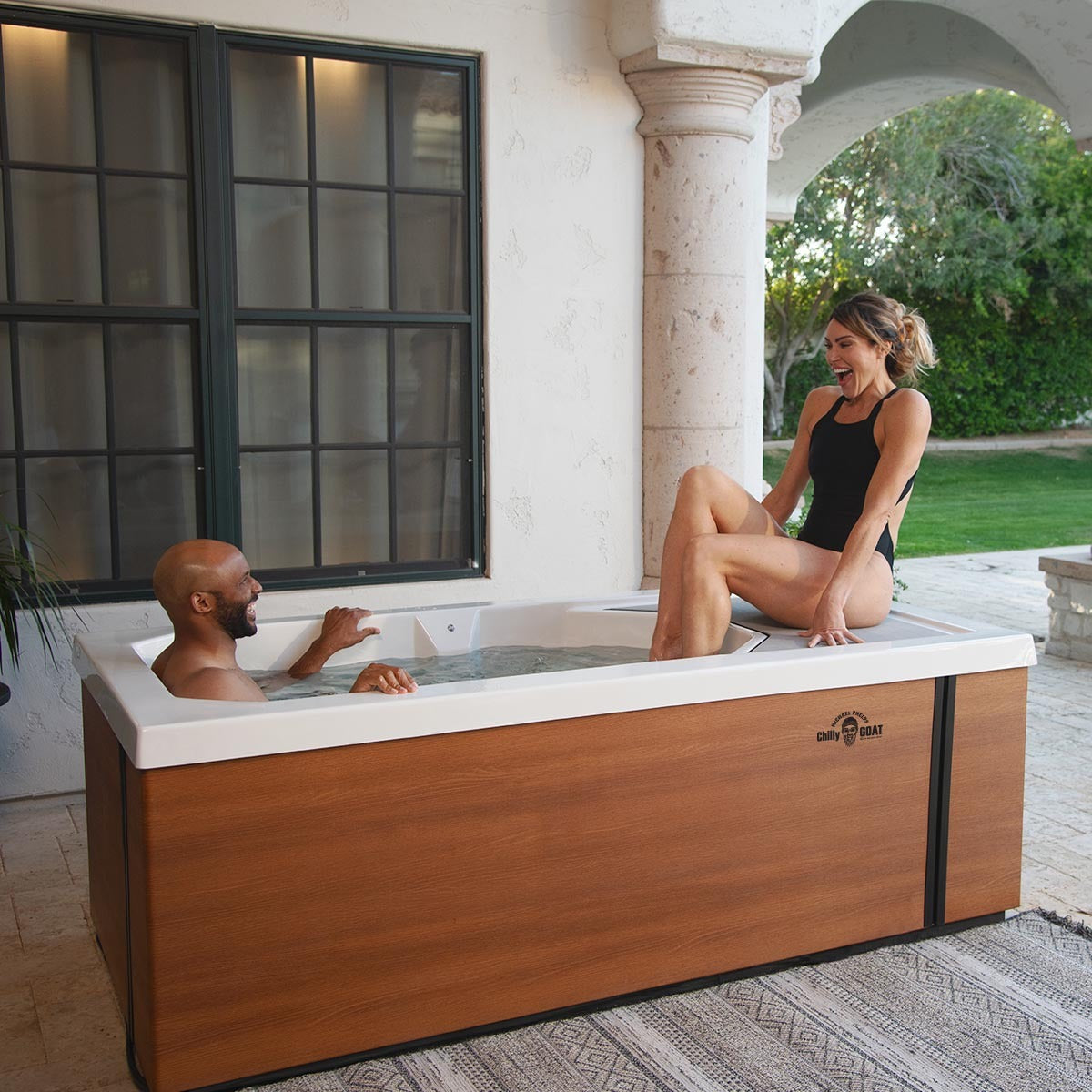
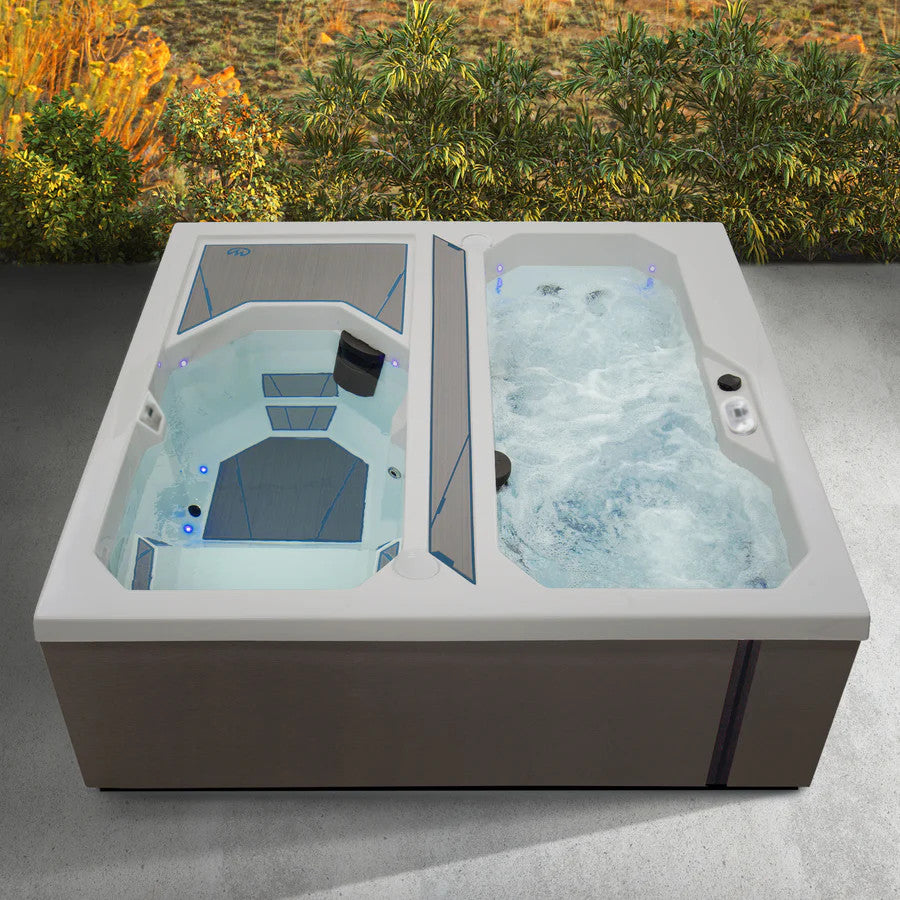
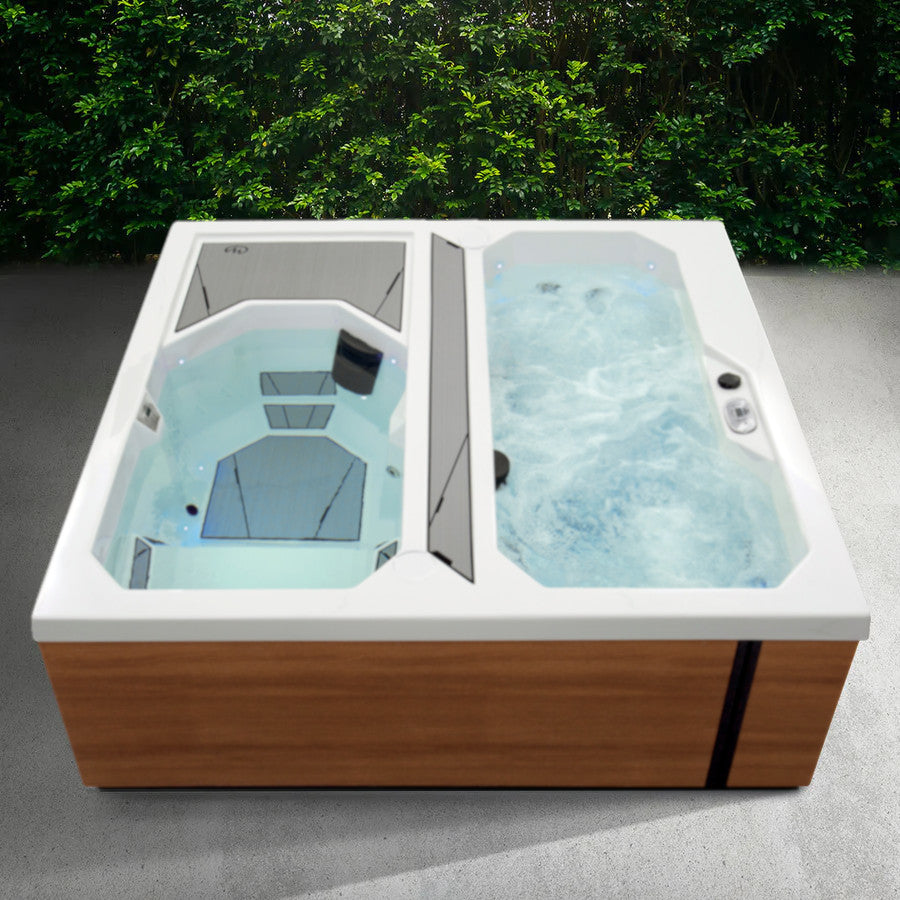
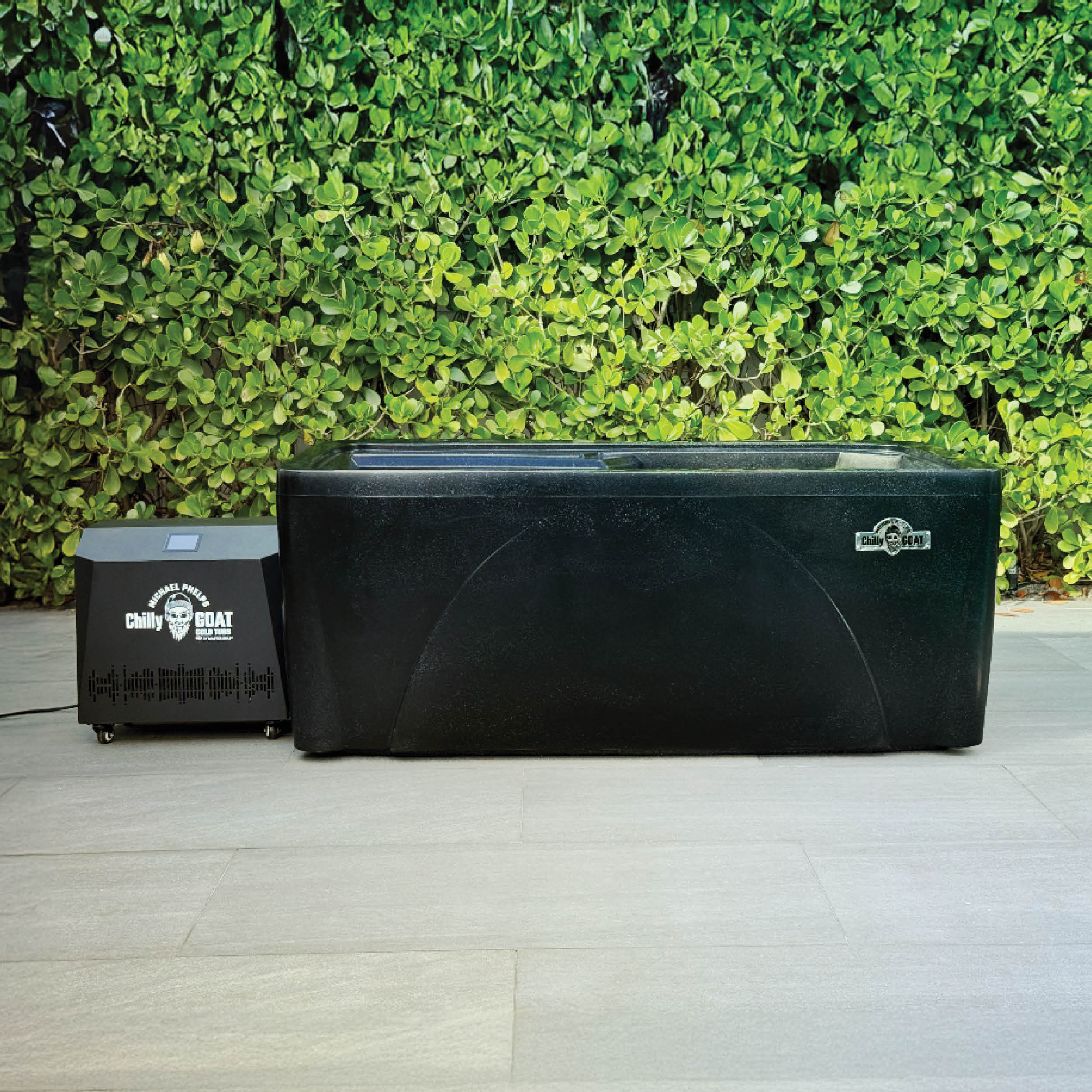
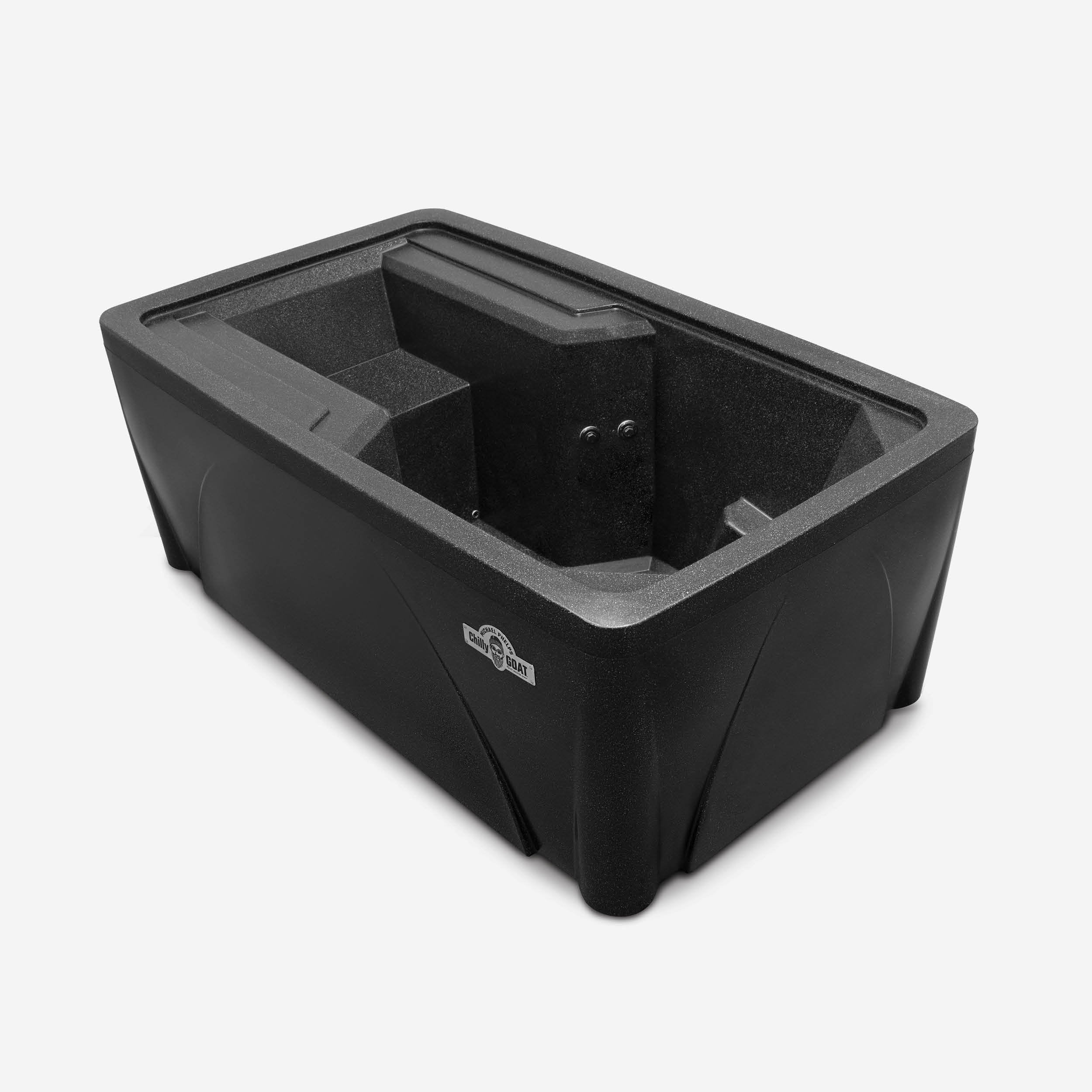
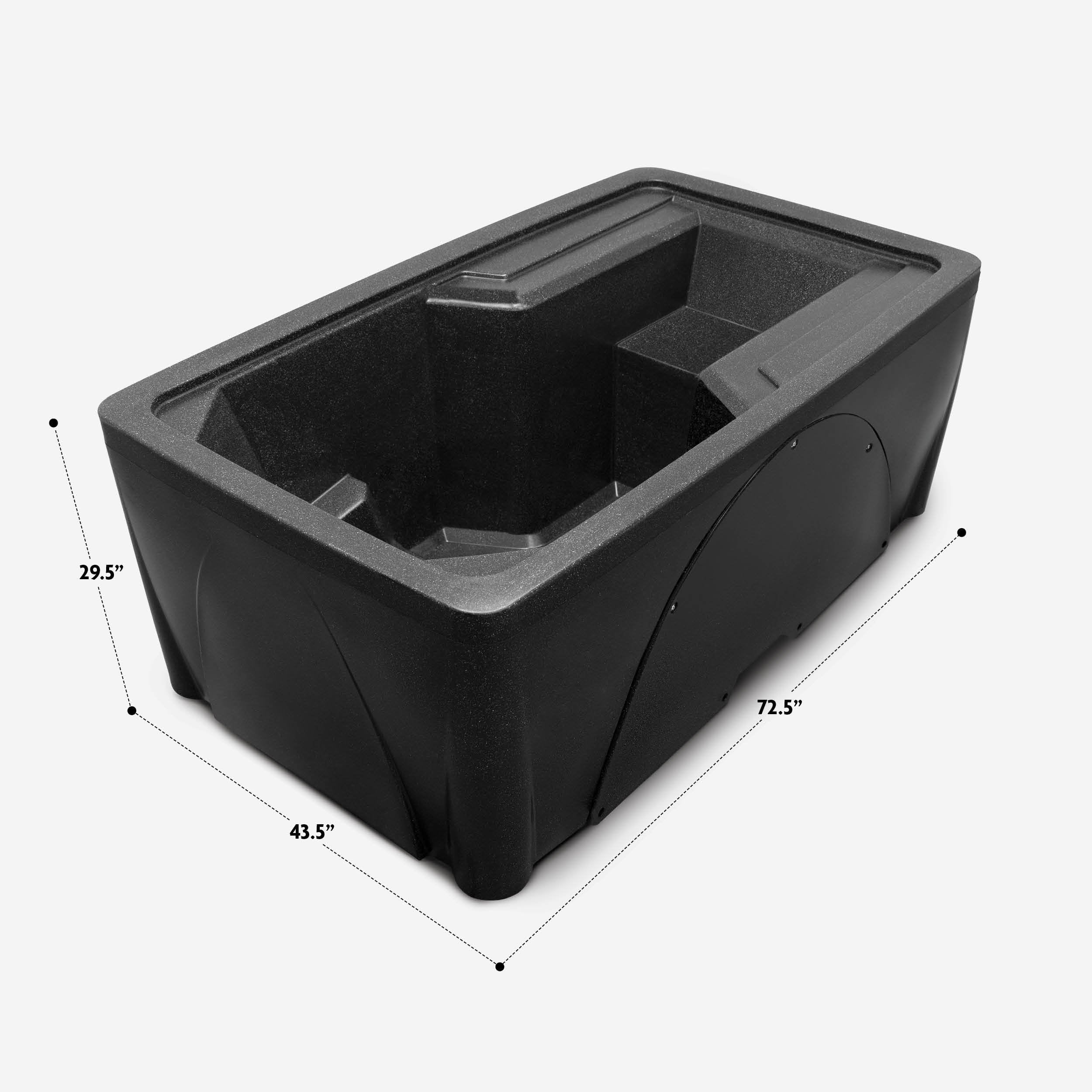
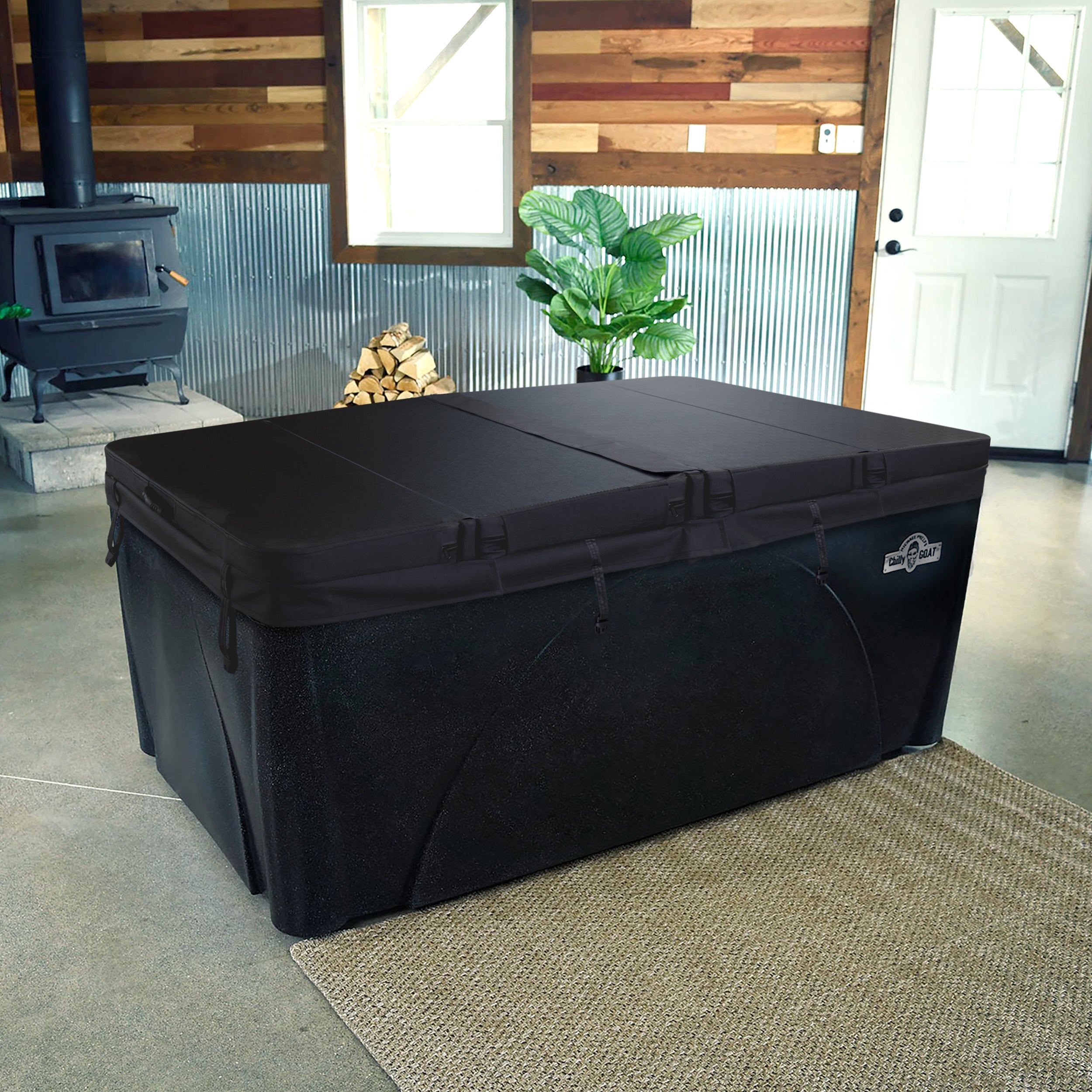
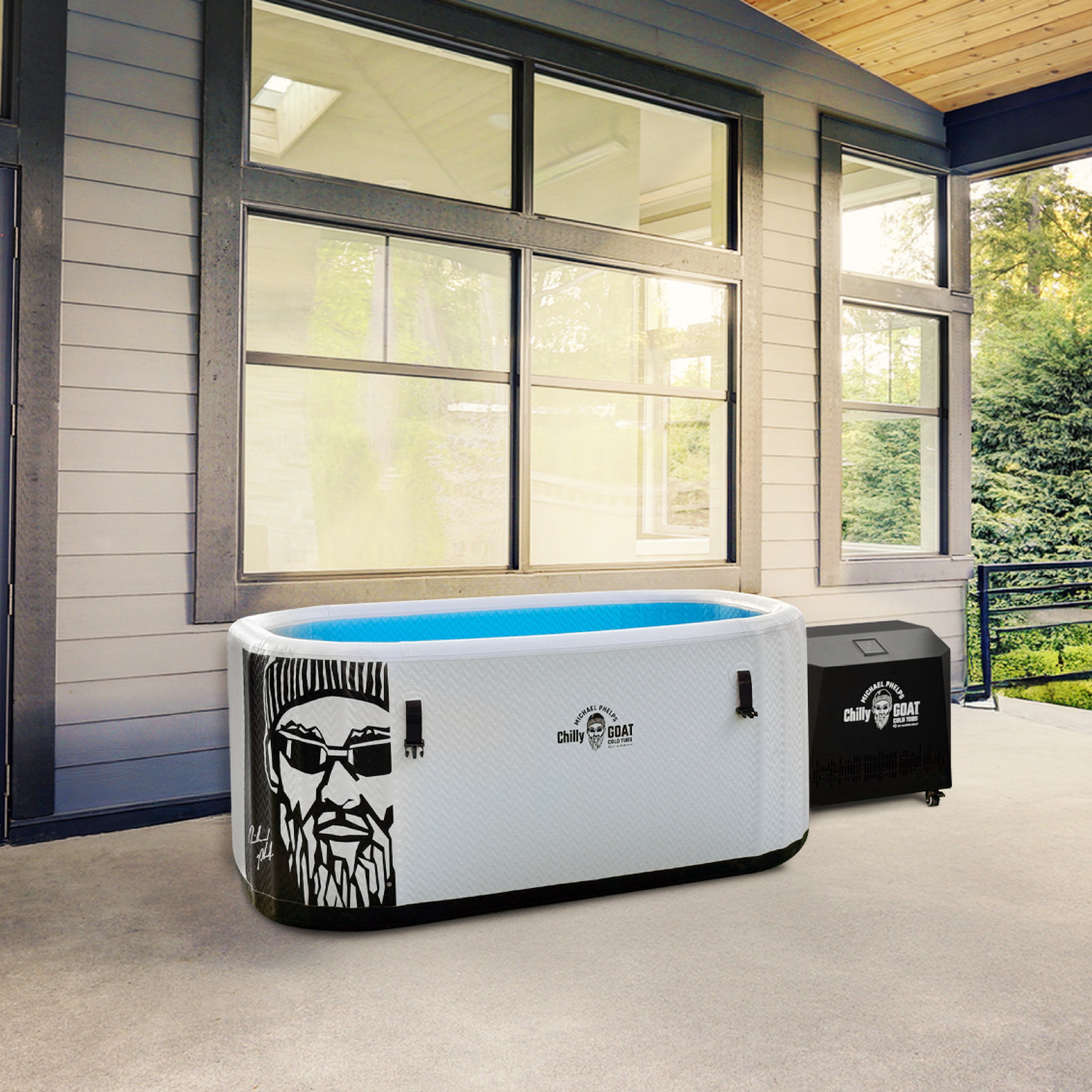
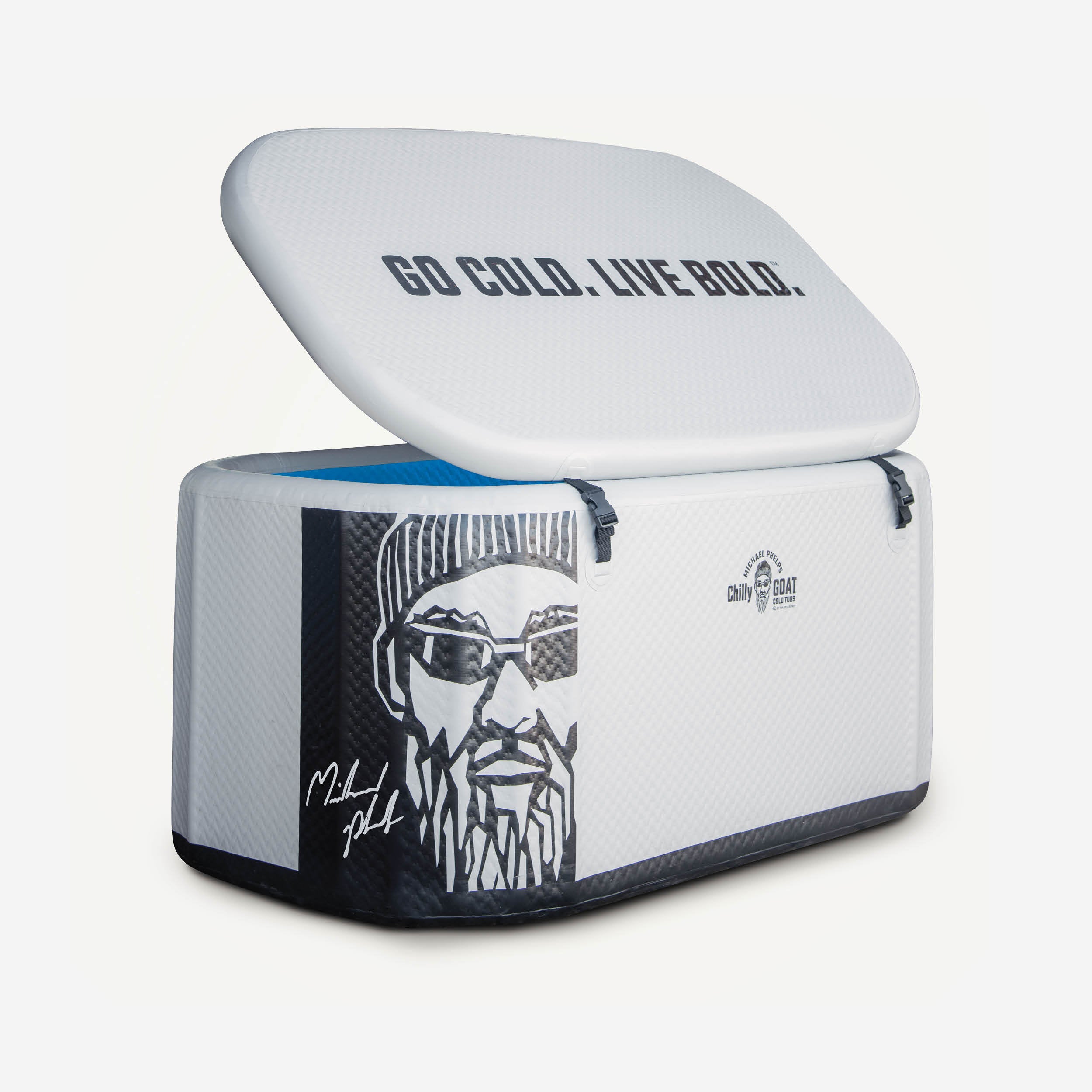
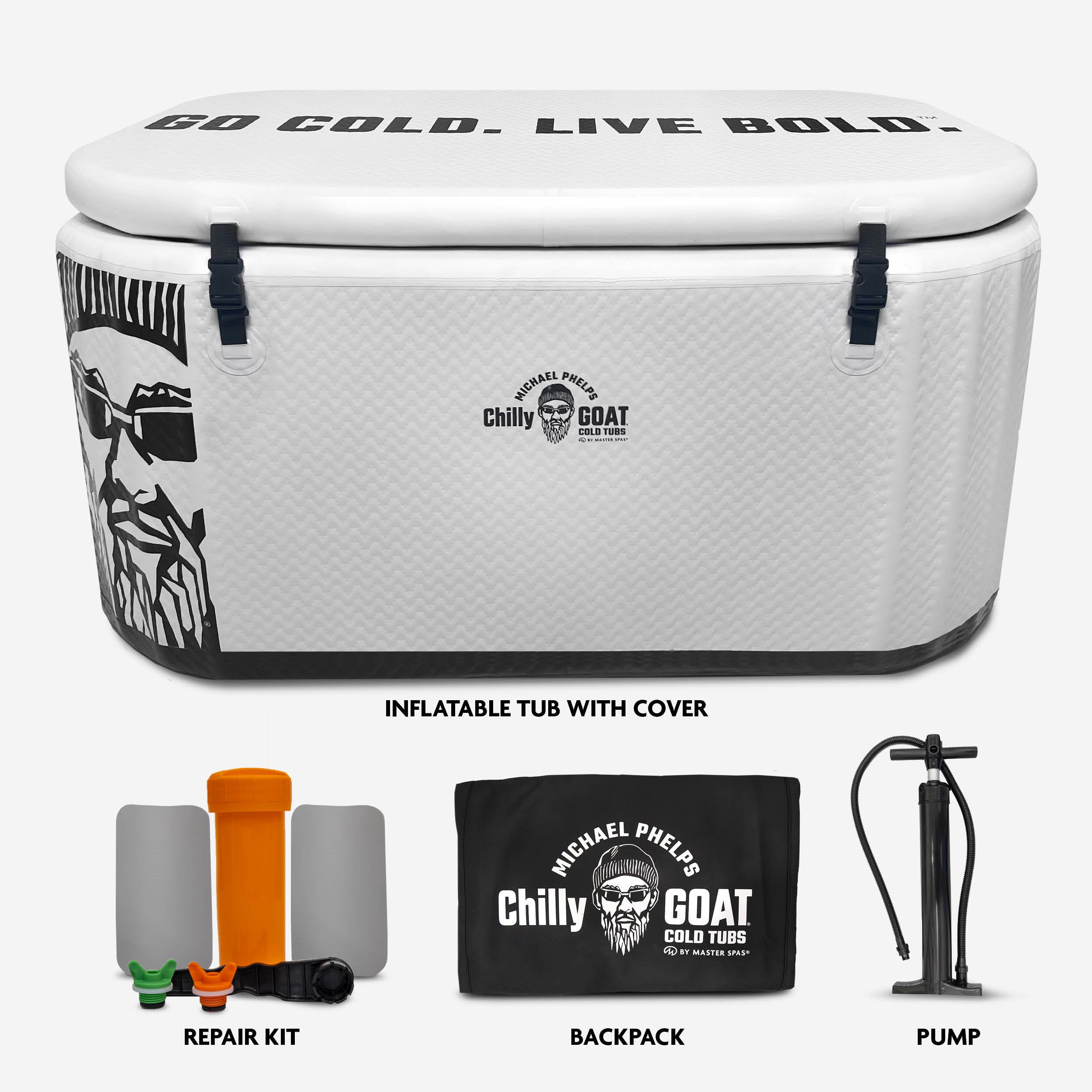
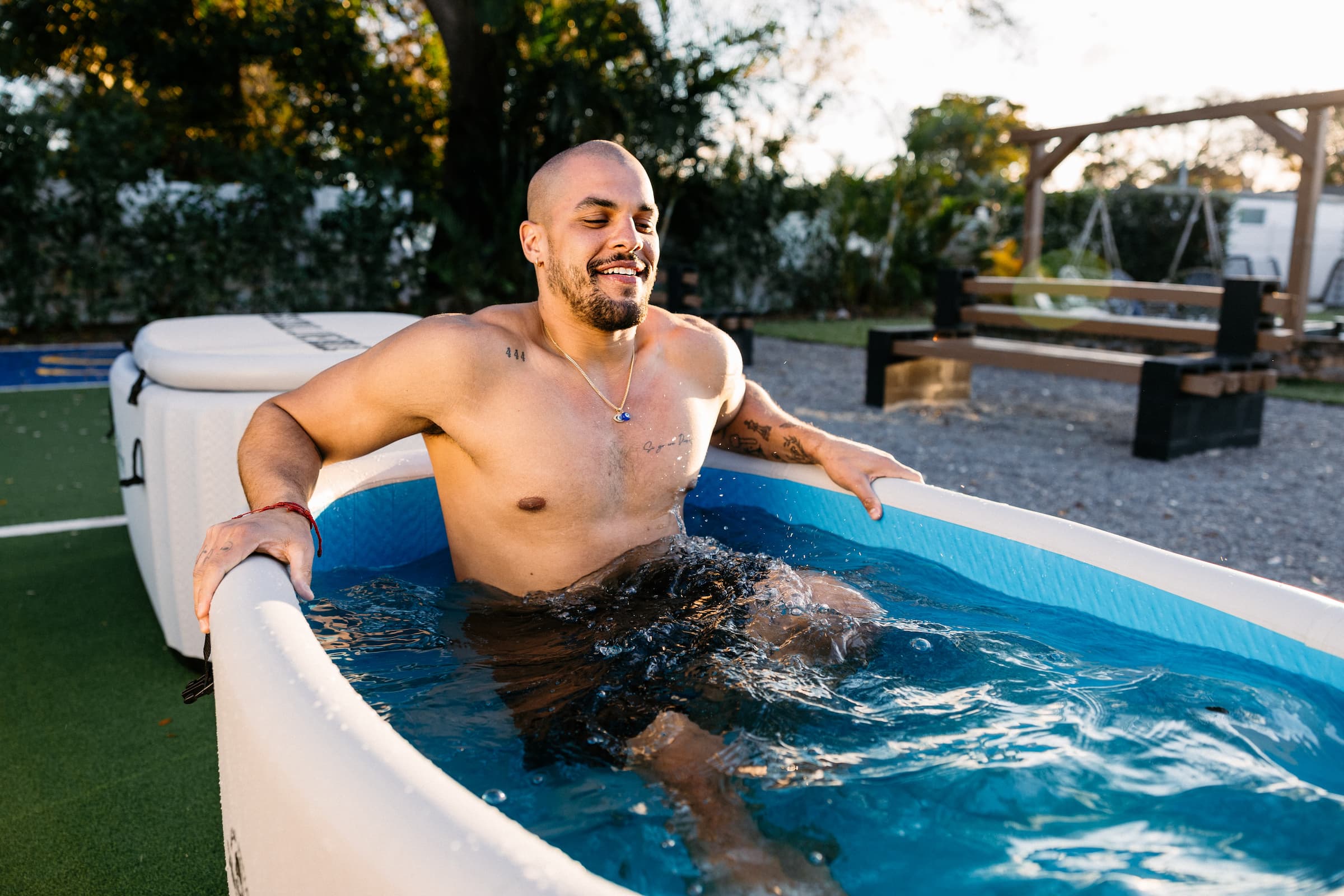
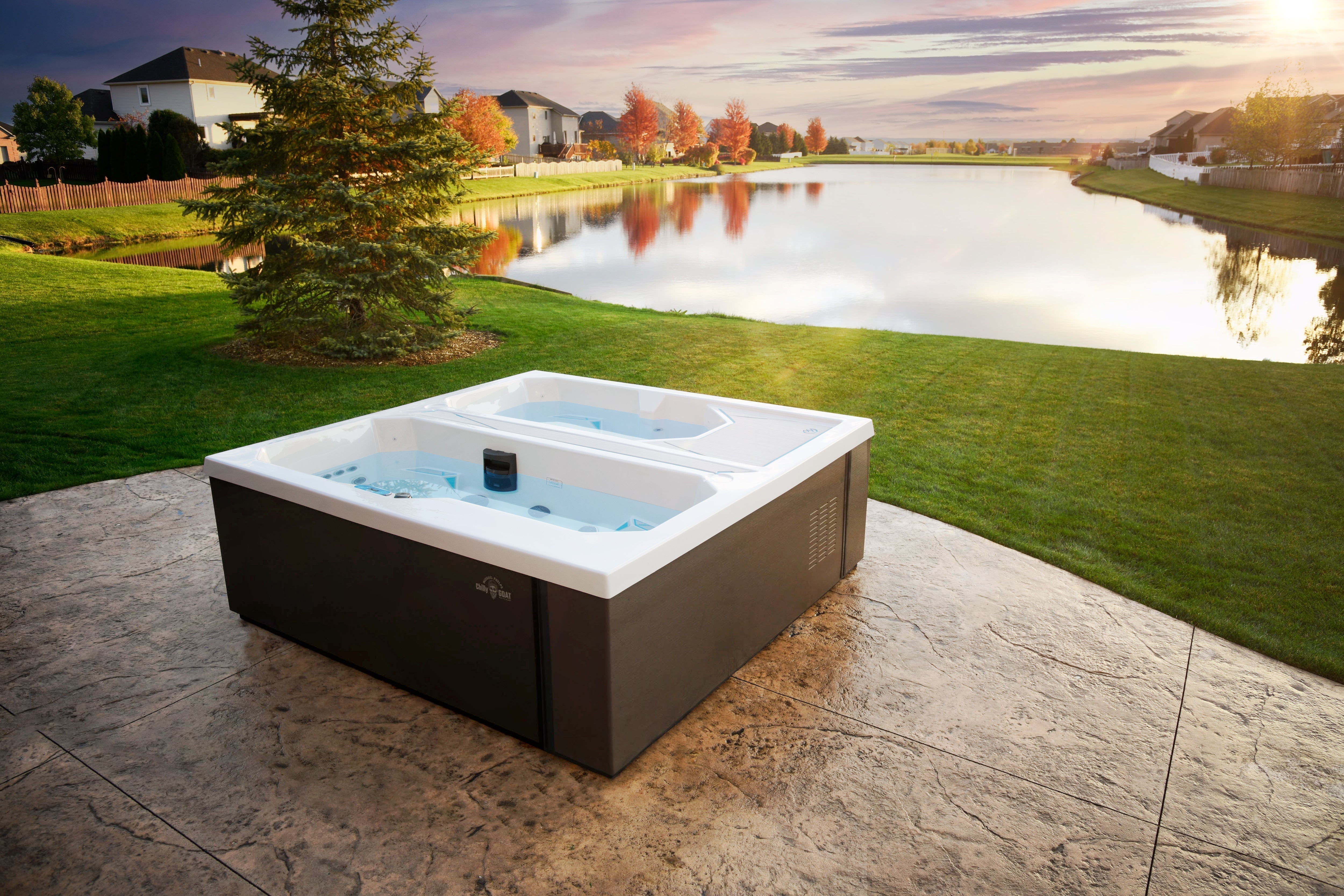
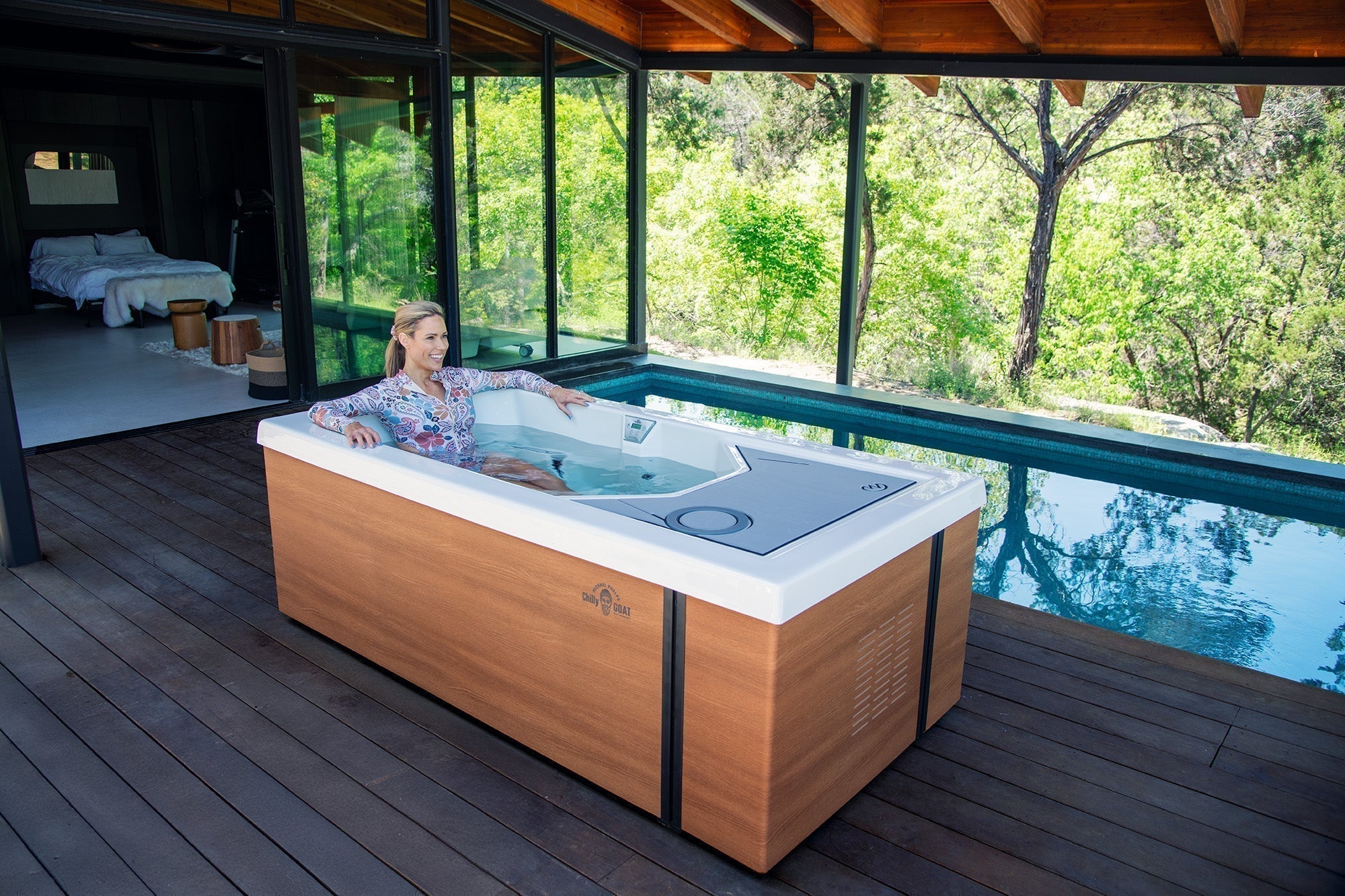
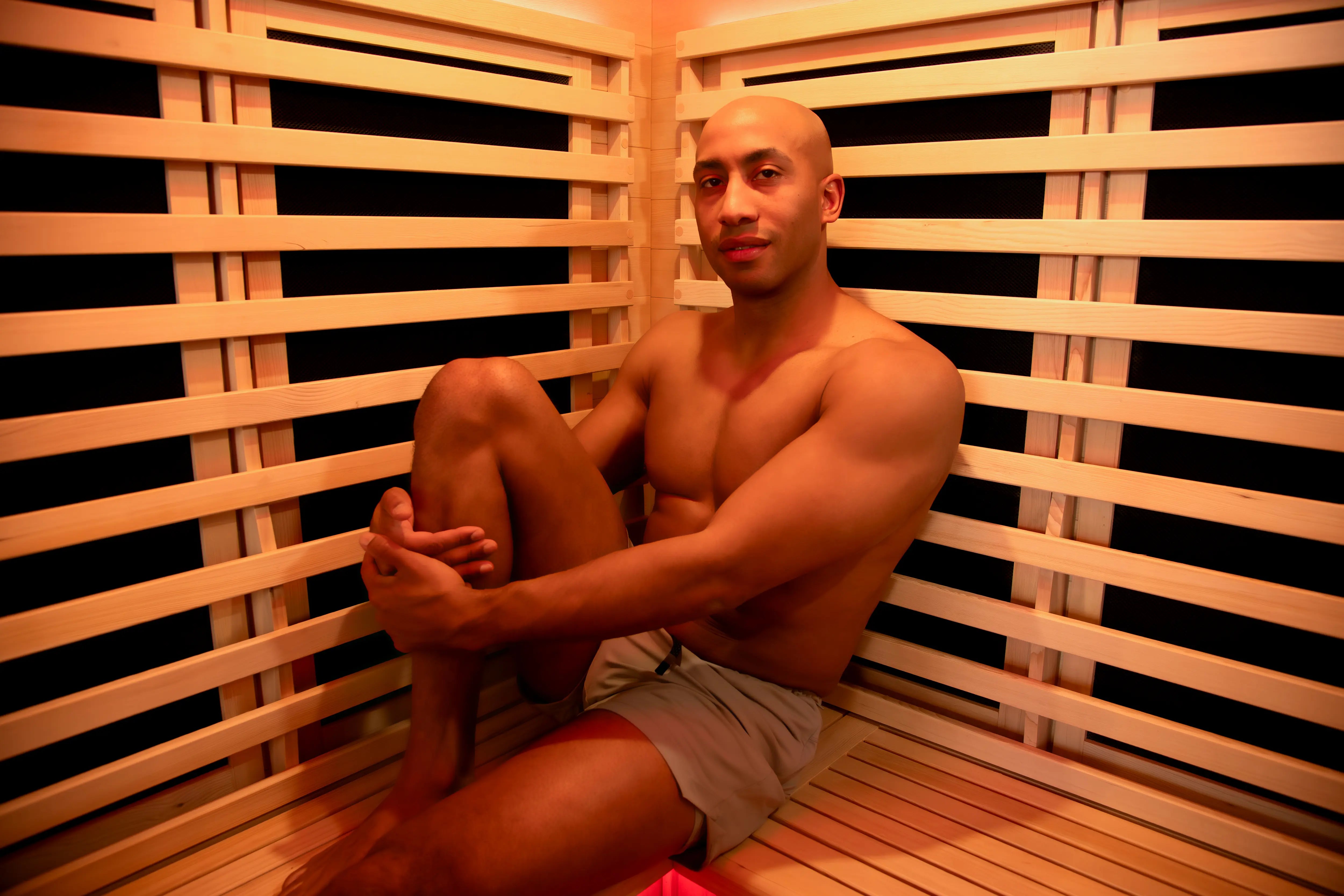
Balancing life, training, and recovery: Chilly GOAT tub review
The winter skin fix: Hydration hacks for cold weather